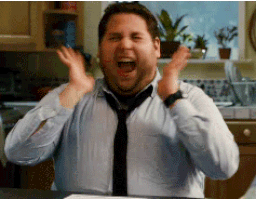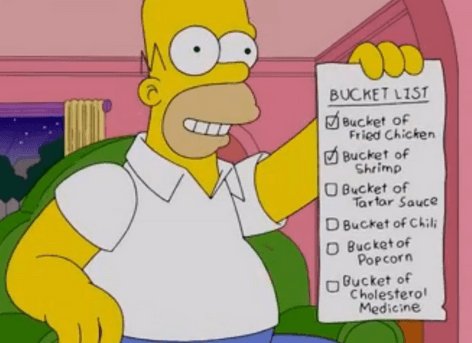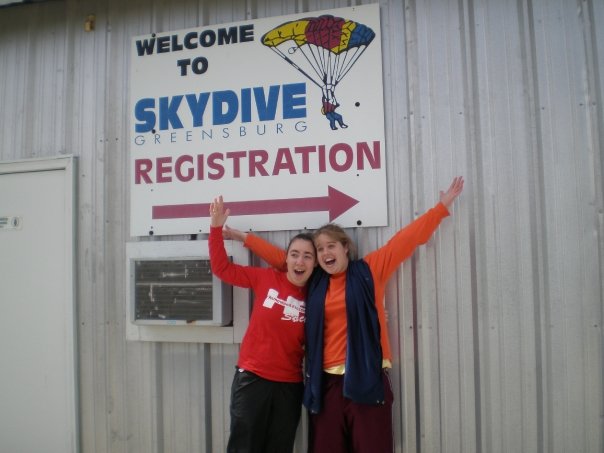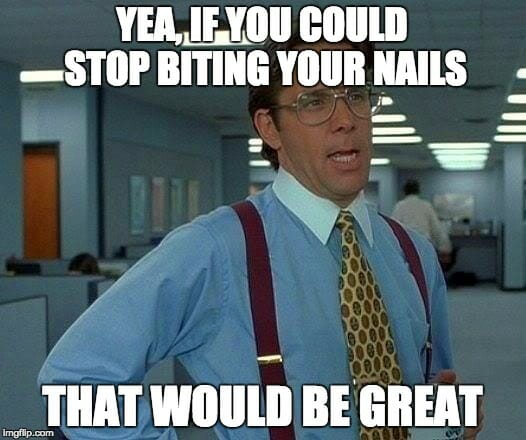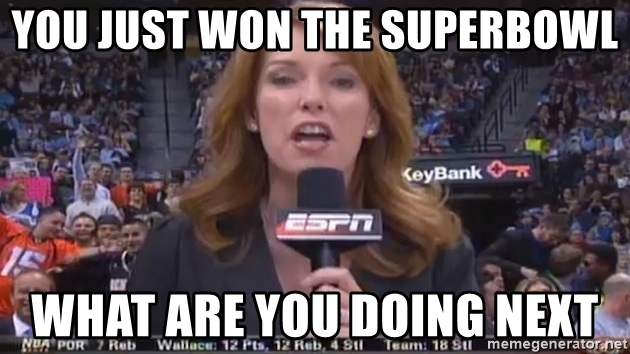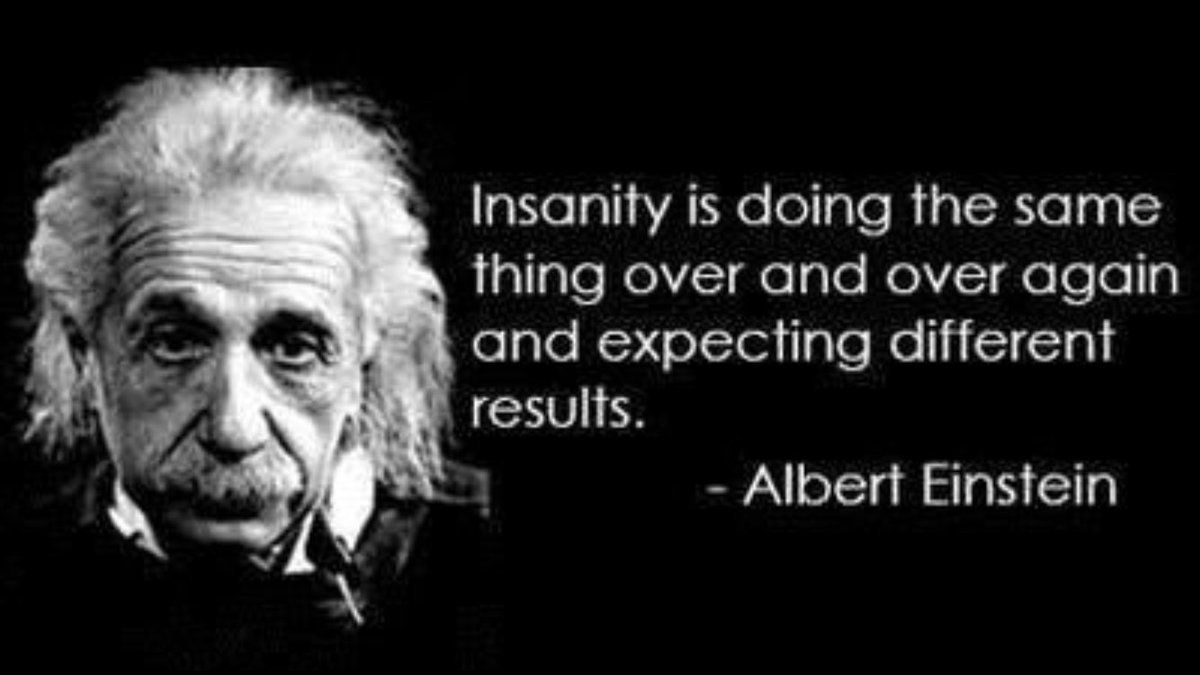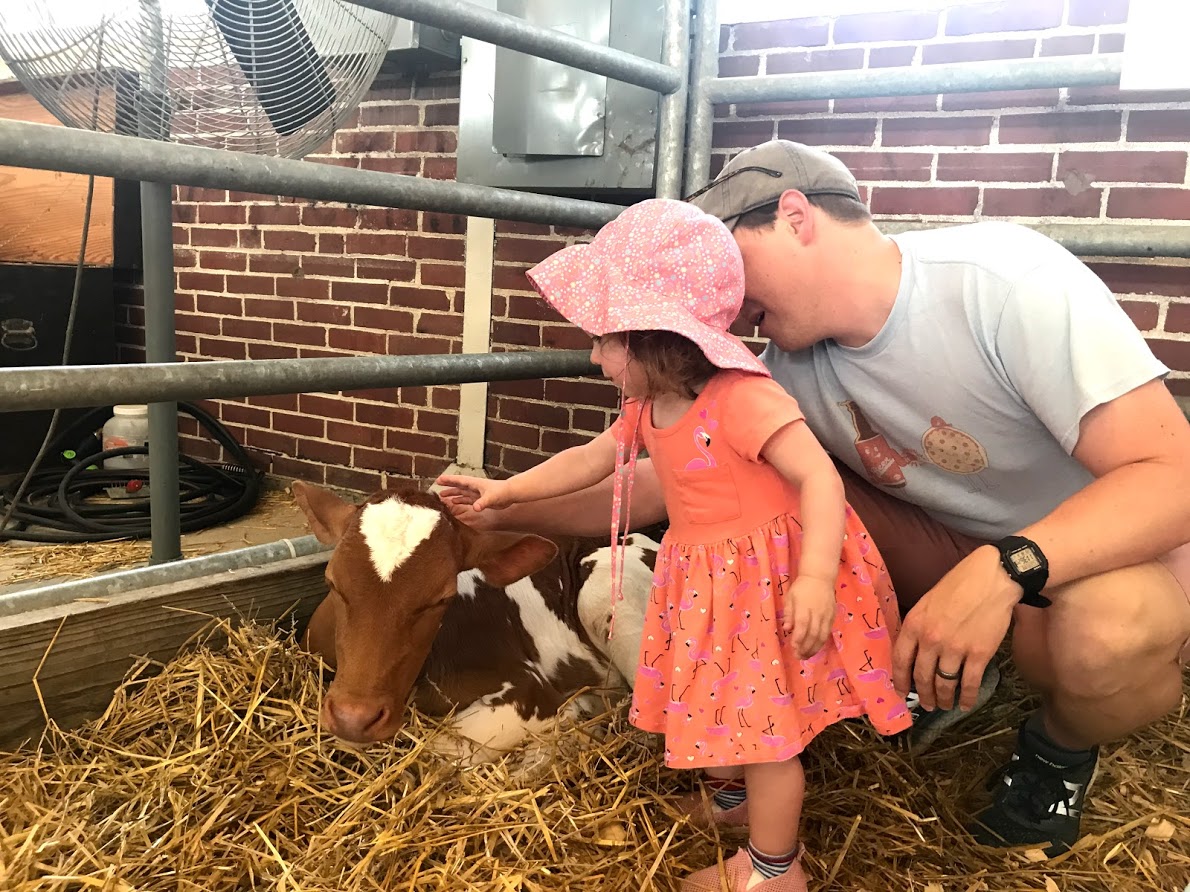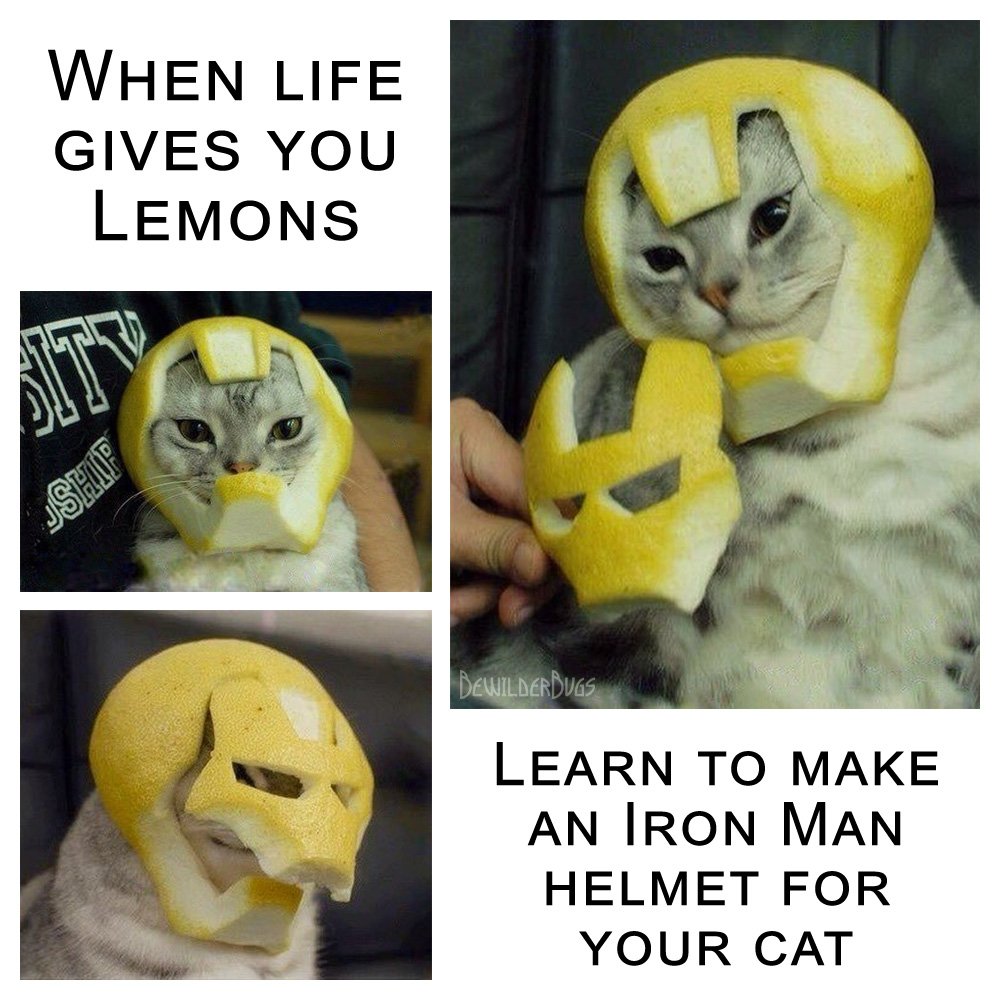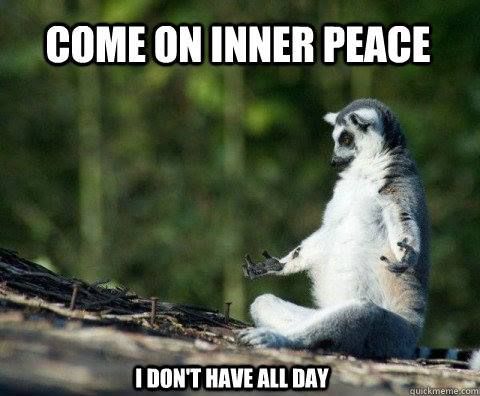As we talked about in last week’s blog post, there are key things to do before, during, and after a goal. Today’s post is going to be all about what to do DURING the goal. That is, how to maintain, reevaluate, and reward yourself along the way.

To make sure you achieve the goal you created, follow these steps:
#1: Consider your original motivation.
To say that achieving a goal can be difficult is the understatement of the century. Goals can be REALLY. FREAKING. HARD.
So how are you going to stay motivated when things get tough?
One quick way to do this is to revisit your original motivation. Hopefully you have written it down somewhere, whether that is a list of your values, a mind map of what your future will look like, or your favorite quote or personal mantra. Make sure you have something tangible you can see that can give you the energy you need to continue.
Let’s use the metaphor of running a marathon. When you are halfway through, you have run 13.1 miles – that’s pretty amazing! But…you still have 13.1 miles to go. What is going to give you the energy you need to persist?
#2: Get back on the horse.
Inevitably, we all fall off the horse sometimes. What’s more important is how you get back on.
For example, let’s say you have a healthy eating goal, and one day you eat half a bag of marshmallows. The regular sized ones, not minis. This is obviously made up and not at all my own story. Obviously. It’s just that sometimes when people buy marshmallows for s’mores there are always a ton leftover that just sit in the pantry, just waiting to be eaten. Again, this is what I have been told…I don’t know this from personal experience. Obviously. But moving on…
Let’s say this happens. Should that mean that immediately after the marshmallow binge that the health goal is a failure? Of course not!
I know from my own personal experience that when this happens my gut reaction is to say to myself, “well that was fun while it lasted…I guess this goal is over”. But what if instead I said, “That happened, and now I better get back on track, starting right now”? That would be pretty amazing.
Consider Mount Everest:

If the peak is when you have successfully completed your goal, it’s not possible to get there on the first try. In fact, it takes about two months to successfully summit it. Climbers must acclimate to the atmosphere the higher they go, so they go up, and come back down, and go up again, over and over until they reach the top.
But you better believe that once they are there they turn around to see how far they have come.
So why don’t we do this with our goals? If we consider every set back to be a valley of the entire mountain range, it makes perfect sense that it will take several attempts to finally reach the summit.
If you are more of a numbers person than an outdoorsy person, consider a profit graph:

The same principle applies. No company has a perfect straight line going upward indefinitely. There are periods of upward growth, and brief periods of the opposite. The most important thing is an overall trend moving in the right direction over a long period of time.
So when you have a set back, do yourself a favor and give yourself a break, and get back on the horse.
#3: Reassess the goal.
Additionally, in the middle stages of a goal, it’s a great idea to assess the goal itself. Take a moment to consider if the goal is too much of a reach, or if it is too easy. There is nothing wrong with changing the goal halfway through if you are re-calibrating it to make it achievable or to push you even further.
Or perhaps the goal is just fine, but your process needs reassessing. Are the systems you have in place still working for you? If not, what might need to change for the remainder of the goal?
An easy way to do all of this is to do a stop, start, continue activity, which I talked about in the last post. It’s a great tool to help create the goal, and is equally helpful for considering your next steps for completing the goal.
#4: Reward yourself.
Finally, be sure to treat yourself!
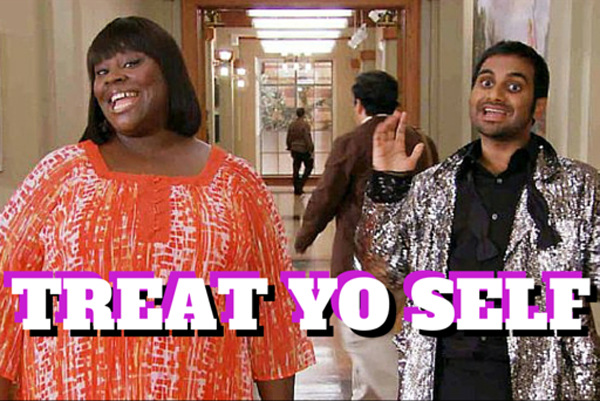
The end of the goal hopefully has a significant internal and/or external reward waiting for you, but it can be helpful to have smaller rewards along the way to keep you motivated.
The main thing is to make sure that the reward is something that will give you positive reinforcement to continue working on the goal. In other words, don’t reward yourself with the thing you are supposed to be giving up.
For example, a bag of marshmallows should not be your reward if you have a healthy eating goal. Instead, eating a few marshmallows at strategic and intentional times as part of your system for achieving your goal would be much more effective. Then, perhaps the goal would be something that would continue to encourage the healthy habits you are creating, such as spending money on a new health app, a fitness tracker device, new clothes, etc.
So there you have it! 4 easy ways to ensure you stay on track when it comes to your big goals.
But worry not, I also leave you with this:
Consider a big goal you achieved. How did you stay motivated?
What rewards would help you work even harder on your goals?
What is an example of a goal that you should have reassessed?
